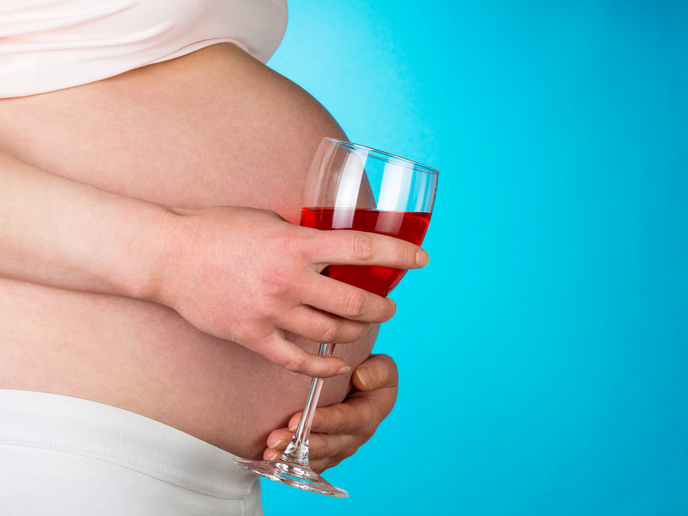Baby, what happens when alcohol prices are cut?
Alcohol and pregnancy do not mix. Drinking alcohol while pregnant can increase a woman’s risk of miscarrying, giving birth prematurely or giving birth to an underweight baby – and there is no known safe amount of alcohol consumption during this time. So, although alcohol use during pregnancy is not illegal, national health policies encourage abstinence. However, what happens if a government lowers alcohol prices, making it more easily available? Does this affect a country’s birth outcomes? And if so, how? Researchers supported by the EU-funded HEALTHINEQ project used a 2004 tax cut resulting in a 33 % decrease in Finland’s off-premise alcohol prices to find the answers to these questions. Using the country’s national registers, they compared the outcomes of pregnancies starting 2 years before and 1 year after the price cut, and also examined how these outcomes were affected by maternal age and household income. The study’s population sample consisted of close to 170 000 pregnancies and around 32 400 abortions. The outcomes measured were birth weight, gestational age, the probability of the baby being born below 2.5 kg, preterm birth, congenital malformations and the percentage of registered abortions.
More abortions, more preterm births, smaller babies
The research team found that reduced alcohol prices were associated with a 0.84 percentage point increase in abortions right after the price cut. Additionally, among low-income women there was a 1.5 percentage point higher probability of low birth weight and a 1.98 percentage point higher probability of preterm birth after the price cut. “Although most of these associations attenuated in pregnancies starting later on after the price cut, our study suggests that alcohol prices and availability matter for reproductive health outcomes. Furthermore, the possible later health and socio-economic implications among the exposed cohort still remain,” write the authors in their paper published in the journal ‘Addiction’. What the short-term increase in abortions and adverse outcomes implies is that there was increased drinking for a time after the price cut. After this period, women reverted to their previous levels or patterns of consumption. A news item posted on the website of HEALTHINEQ project host University of Helsinki, Finland, provides some insight on why this happened: “A plausible explanation for these findings is that when alcohol becomes more affordable to people with monetary constraints, they drink more. A population-level rise in drinking would cause a rise in prenatal exposure to alcohol and a corresponding rise in adverse birth outcomes. Another plausible explanation is that lower alcohol prices may increase unintentional pregnancies, causing a corresponding rise in abortions.” The HEALTHINEQ (Social inequalities in population health: integrating evidence from longitudinal, family-based and genetically informed data) project aims to increase our understanding of how family and genetic factors are intertwined with individual social characteristics and how they manifest in health outcomes in different macro-level social conditions. The project ends in 2026. For more information, please see: HEALTHINEQ project
Keywords
HEALTHINEQ, alcohol, pregnancy, abortion, birth, baby, prenatal exposure



